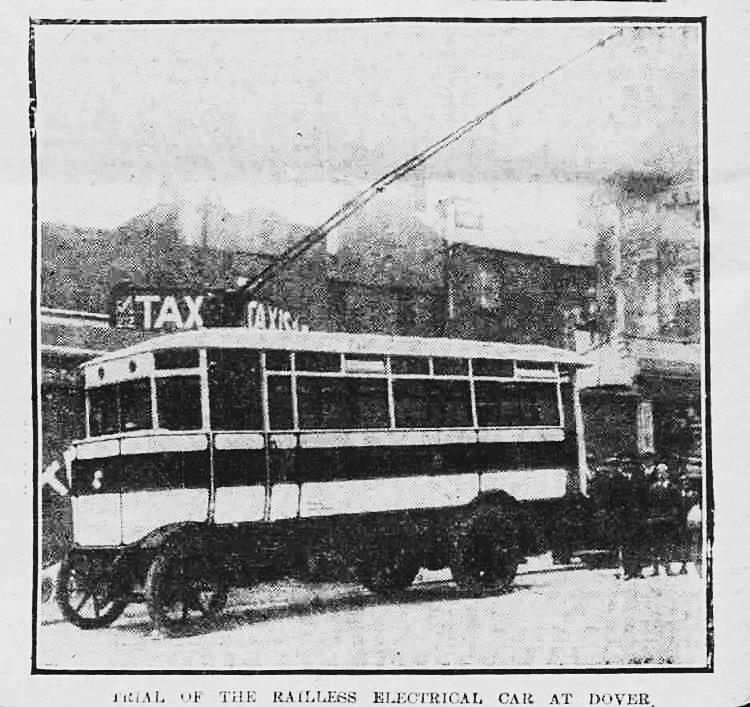Thanks for posting badpenny.
Actually I have seen 'some' of this photo. In a book on BCT's trolley buses only part of the photo is given, the cyclists at the left, the lorry and the women with prams are missing. So your photo gives a far more interesting scene. The tandem is not often seen today but was more common at the time of the photo The photo was, apparently, taken during WW2 and before June 1945. My archive photo is a little clearer and shows the bus at the other side of the turning circle as being lined out, so in the pre war livery. The bus, (42) OC 1142, entering service in January 1934 and lasting until closure of the trolley system at the end of June 1951, was repainted in June 1945. The bus near the cyclists was (73) COX 73, entered service September 1937 and had the distinction of being the last trolley bus to operate the 94 route (Albert Street to City Boundary). Also clearly seen is the white paint applied to traction poles, lamps standards and other road furniture. On the nearest traction pole, to the left of the tandem, is a black and white sign which reads "S" and SHELTER plus the arrow pointing in the direction of the shelter. I cannot make out what the lorry is for, maybe a builder or municipal vehicle?





